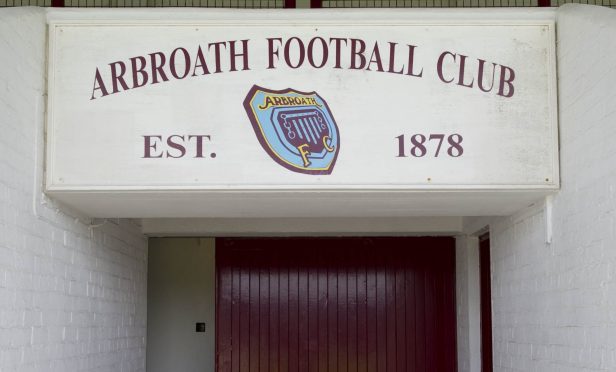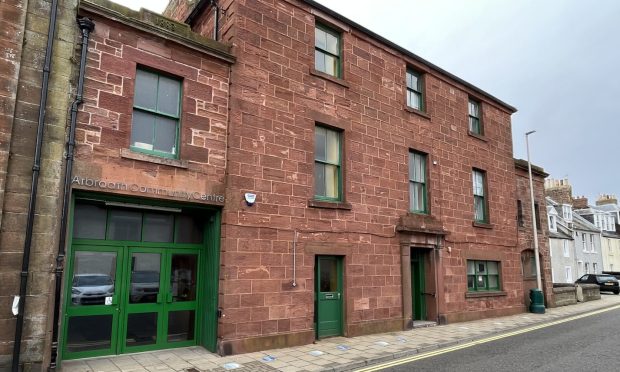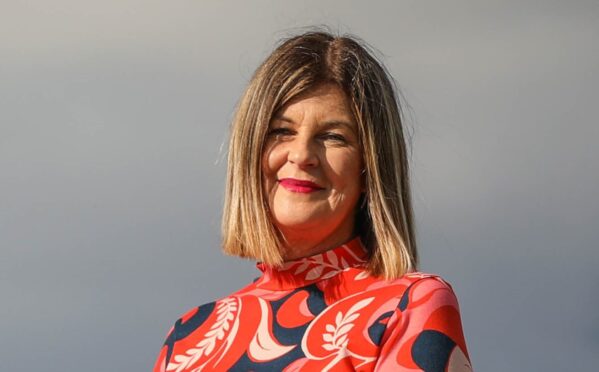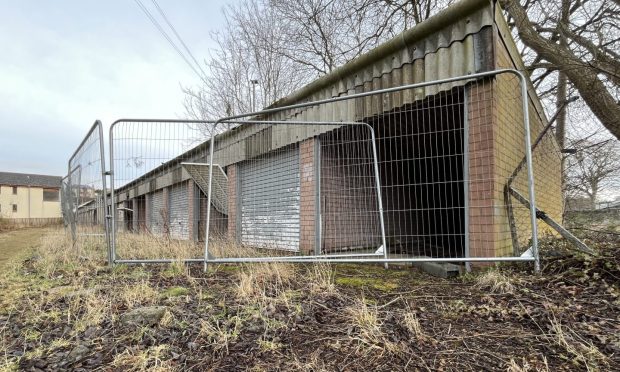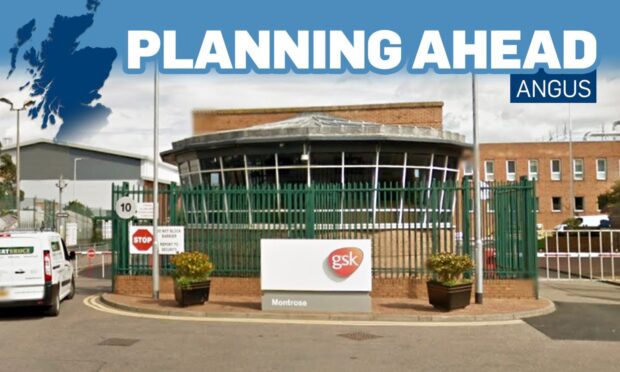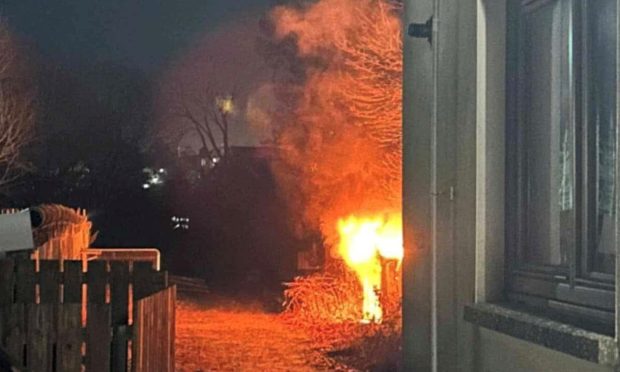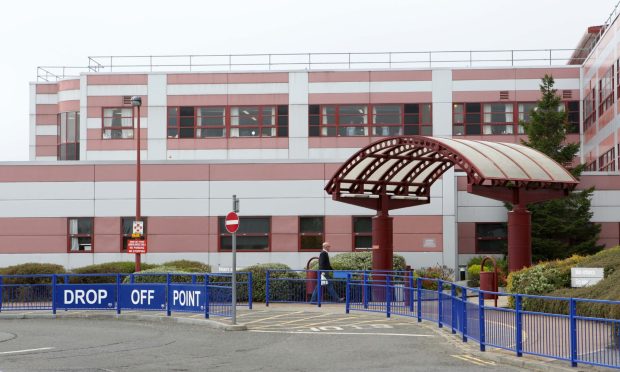Former Arbroath and Raith Rovers player Jimmy MacEwan, who starred for top English club Aston Villa in the 1960s, has died in Birmingham, aged 88.
The talented winger first made a name for himself when playing for Dundee junior side East Craigie before signing for Arbroath in 1947.
Blackburn Rovers, Sunderland and Bury all subsequently showed interest in luring him away from Gayfield, but nothing came of it, probably because the player was about to begin a stint of national service with the RAF.
MacEwan, who scored one of the quickest goals ever seen at Gayfield when netting after 10secs in a game against Dumbarton in January 1951, made 74 league and cup appearances for the Red Lichties, scoring 22 goals, before moving to Raith Rovers in summer 1951 for a fee of £4,000, which was a record for the Kirkcaldy club at the time.
His career blossomed at Stark’s Park and for four seasons in a row he was the club’s top scorer.
Between 1951 and 1959 he played 278 games, scoring 76 goals and in his final season there he earned a place in a Scottish League select team which defeated the Scotland national side 6-5 in front of a 40,000 crowd at Ibrox Stadium.
MacEwan’s performances again attracted the attention of many English clubs and in the summer of 1959, aged 30, he was snapped up by Aston Villa for £6,640.
He stayed at Villa Park, where he became a fans favourite, until 1966, making more than 181 appearances and scoring 32 goals.
He helped the Villains win the Second Division title in his first season and the following year celebrated victory in the inaugural League Cup with a 3-2 aggregate victory over Rotherham United.
That was one of the highlights of his time in the Midlands, while one of his biggest disappointments was losing to Wolves in the 1960 F.A. Cup semi final.
Other memorable games included a 5-5 draw at Tottenham in March 1966 which was MacEwan’s first appearance of that season, three days before his 37th birthday.
The Spurs side, which included former Dundee legend Alan Gilzean as well as Pat Jennings, Alan Mullery, Cyril Knowles, Dave Mackay and Jimmy Greaves, led 5-1 at one point but Villa battled back to earn a draw.
He also had fond memories of his last game at Villa Park in April 1966, when he captained Villa and scored his side’s goal in a 1-1 draw against Manchester United.
After his playing days were over at Villa he joined Walsall where he played until he was in his forties.
He then coached and managed at Fellows Park until 1973.
MacEwan later worked at Ansells Brewery and was also employed at the Social Security Offices in Handsworth.
He continued to turn out for the Villa Old Stars well into his fifties and only stopped playing after he had two knee replacements at the same time.
MacEwan remained in good health until 18 months ago when he was diagnosed with dementia and a heart problem.
He had been in residential care where he was safe, well looked after and seemed content.
He enjoyed visits from former players plus a couple of Villa fans who spent hours reminiscing with him.
MacEwan, who was born in Dundee on March 22 1929 and died at Madeleine House care home in Birmingham on November 28 2017, is survived by sons Eric and Duncan.
